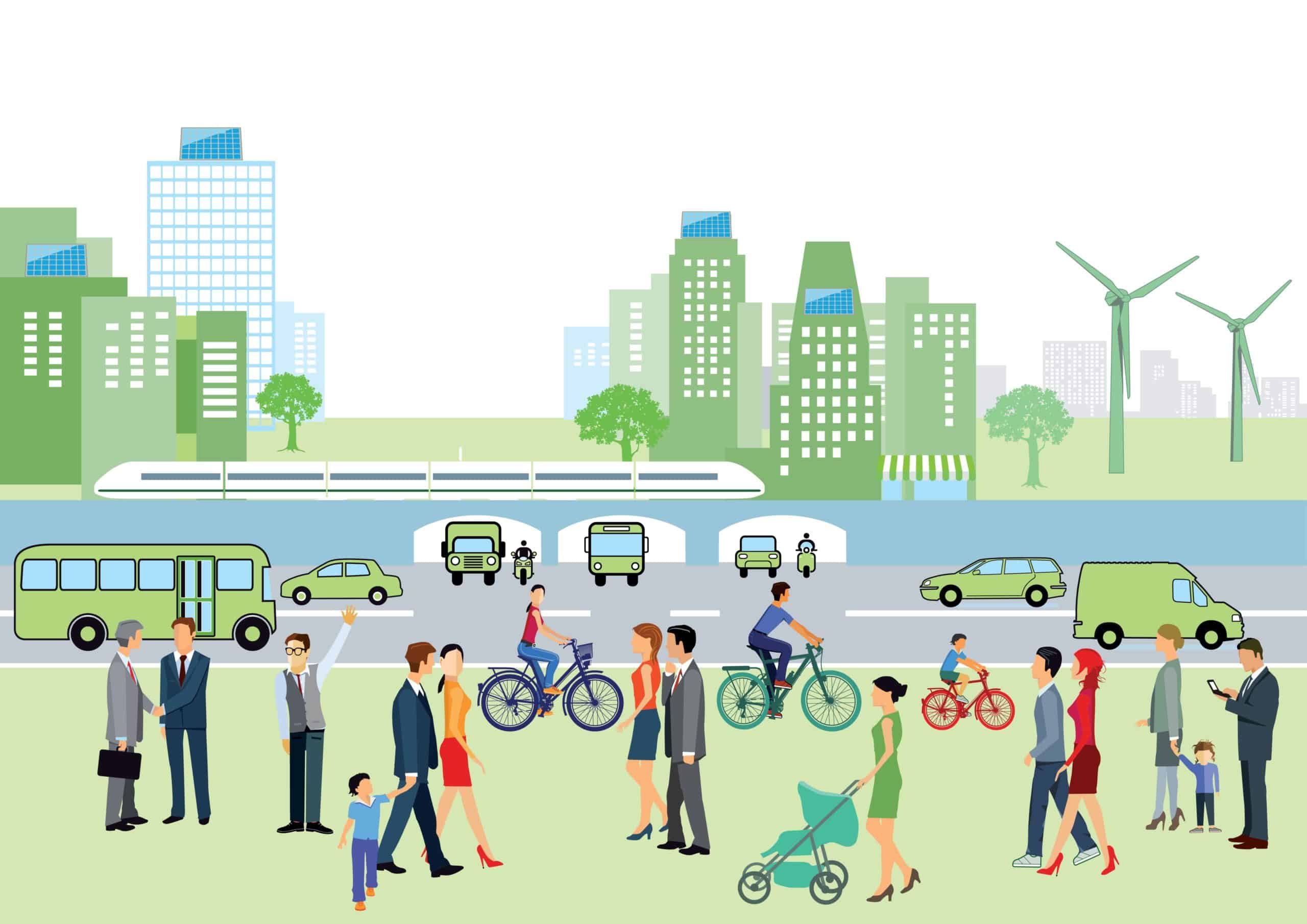Green building or sustainable design has become more mainstream. Building owners reap economic and environmental benefits by incorporating green practices into the construction of a building. The main focus of green building has been on reducing water and energy usage.
As contractors and architects learn more about the effects of green building on people who occupy the buildings they construct, there has been a renewed emphasis on health and wellness. The goal is to make green buildings healthier for people who live and work there.
What Is Green Building?
Standard building practices use and waste materials and water each year. Green building uses fewer resources and minimizes waste. Also known as sustainable design, green building design focuses on eliminating the impacts of buildings on the environment and human health through reductions in energy usage, water usage, creation of healthy indoor environments, and minimization of environmental waste.
Building and property owners benefit greatly when green building design is implemented in their construction project. Green building design isn't just for new construction either. Its elements can be incorporated into existing buildings as well and still offer economic and environmental benefits.
Here are a few reasons building owners should care about green building:
- Energy-efficient building systems help reduce operating costs.
- Sustainable buildings minimize their impact on the environment and reduces its carbon footprint.
- Green buildings take less of a toll on the surrounding local infrastructure, benefiting the entire community.
- Greenhouse gas emissions are reduced which improves air and water quality.
Prioritizing Health with Sustainable Design

While the benefits of reduced energy and water consumption have been well-known for several years, the potential health benefits of green building design have recently been researched and discovered.
We spend about 90 percent of our time indoors. Employees, customers, and clients often complain about having allergies and more stress while inside for long periods. Some of this can be contributed to the air quality and environment of the space they’re in. Poor ventilation and inhaling toxic chemicals from various products while in a poorly constructed building leads to unhealthy working and living conditions.
Green buildings promote healthy and safe environments. If you are a building owner, implementing sustainable design elements in your building will improve the comfort level of its occupants. The characteristics of green building design will improve the environment, thus benefitting everyone who lives or works there.
1. Clean Air
High humidity and high carbon dioxide concentrations cause people to feel stuffy and tired. Stagnant air and exposure to volatile organic compounds (VOCs) or toxins can cause stress, allergies, and depression. For work environments, better ventilation can improve indoor air quality, reduce employee absenteeism, and increase productivity.
Building managers will have fewer complaints from tenants. Green buildings positively affect the health of workers and students. In learning environments better air quality improves focus which can lead to higher test scores.
2. More Natural Light
We’ve all entered buildings where the lighting was to dim or too bright. Sustainable designers now utilize more natural lighting. Other techniques used to control lighting better include task lighting, dimmers, and timers. This not only helps save energy, but it makes the occupants of the building happier by putting less strain on their eyes.
3. Active Design
Before the green building trend, staircases showed off craftsmanship and wealth. Fire safety codes reinforced this practice of making stairwells closed off and hidden. Staircases are popular again because of their green building design. Building occupants are more active when they have easy access to a staircase.
Incorporating stairs near windows makes the area feel bright and inviting. Some cities have implemented active design guidelines for public buildings to help address obesity and related diseases. Other techniques to enhance workplace mobility and interaction among colleagues include:
- Clustering printers and water coolers
- Creating communal trash and recycling bins
- Highlighting circulation paths with artwork and views
On the outside, active design guidelines address how to create streetscapes that encourage walking, cycling, and access to public transportation.
4. Access to Nature
Living greenery provides an inviting view as occupants go up and down the stairs or walk through the hallways of a building. Green building design incorporates natural elements to provide a comfortable environment. Other techniques include opening up views to natural landscapes and placing planters at workstations. Being surrounded by nature is beneficial to mental health. It makes people happy and more creative.
A Healthier Solution
With the rise of green buildings, the health of occupants will improve due to better indoor air quality, lighting, and comfort. RT Construction can help you build or improve an existing building for the health of its occupants. Our team of professionals is well-versed in sustainable design. Contact us today to discuss our green building solutions.
